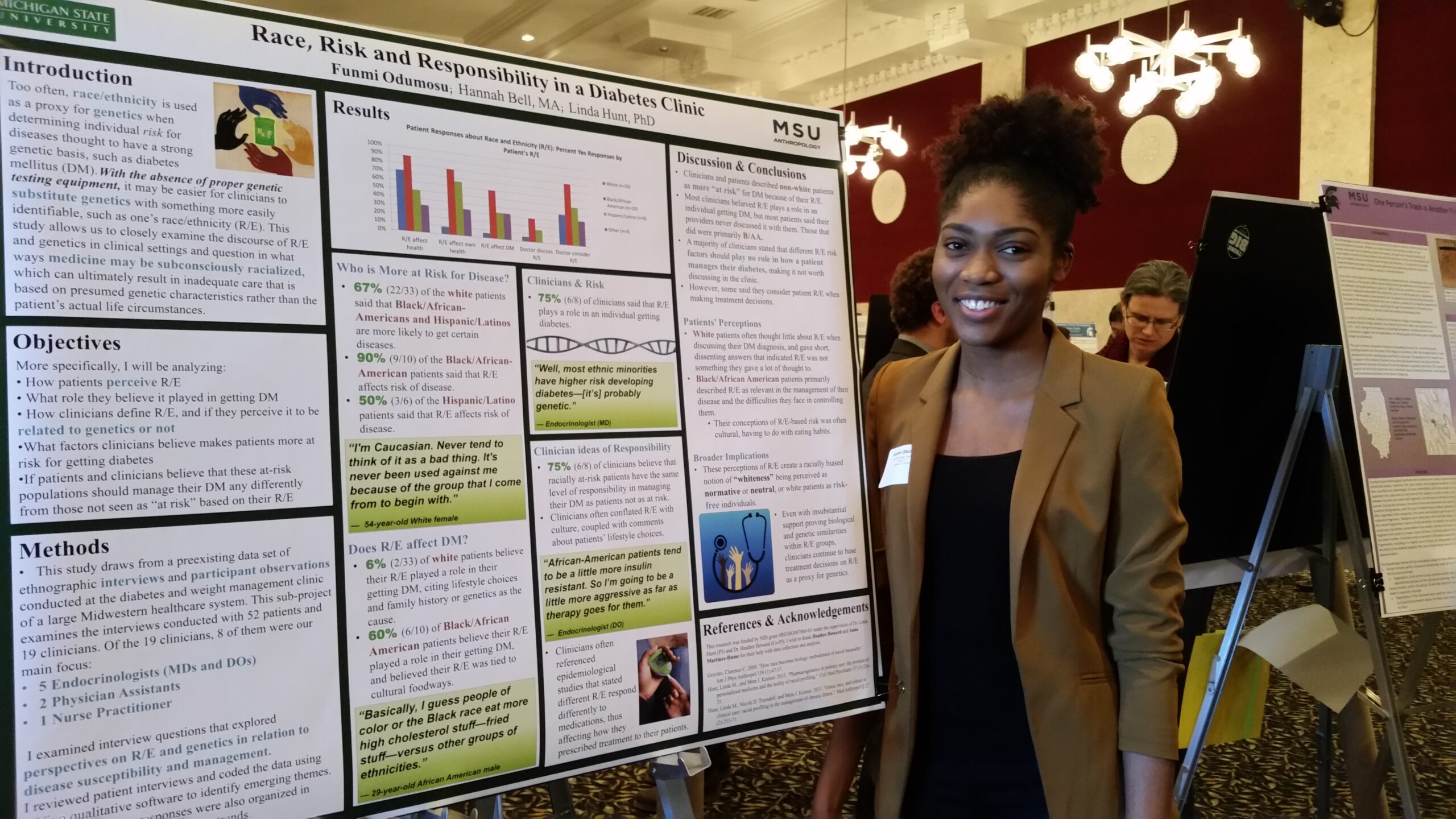-
2017 Fieldwork Photography Winners
First Place “Stone Skipping in Matemwe“ Taken in Zanzibar in 2016 by graduate student Jessica Ott Second Place “Fishing Boat on the Zambezi” Taken in Zambia in 2014 by undergraduate Robert Billette Third Place (not pictured) “Sassy” by graduate student Deon Claiborne Congratulations […]
-

Anthropology Students Present Research, Win Recognition at UURAF
Anthropology undergraduates presented their excellent research in the form of poster presentations at the 2017 University Undergraduate Research and Arts Forum (UURAF). The UURAF is a university-wide event focused on highlighting unique and creative research endeavors of undergraduates across disciplines. Students at UURAF are mentored by faculty, and have the opportunity to present a poster […]